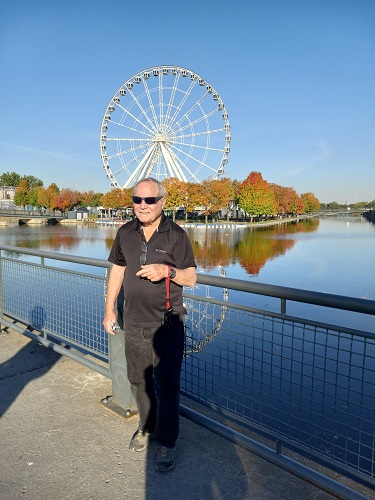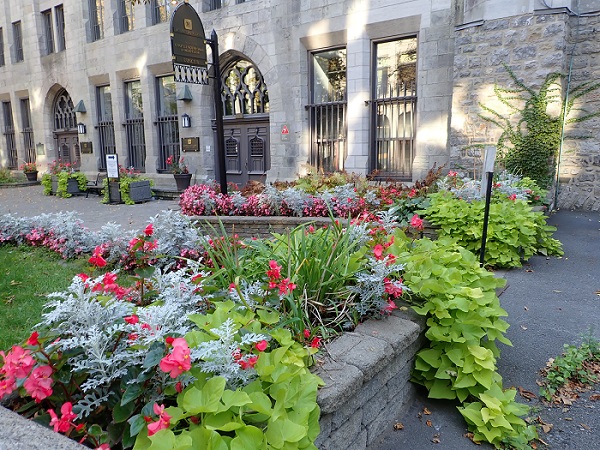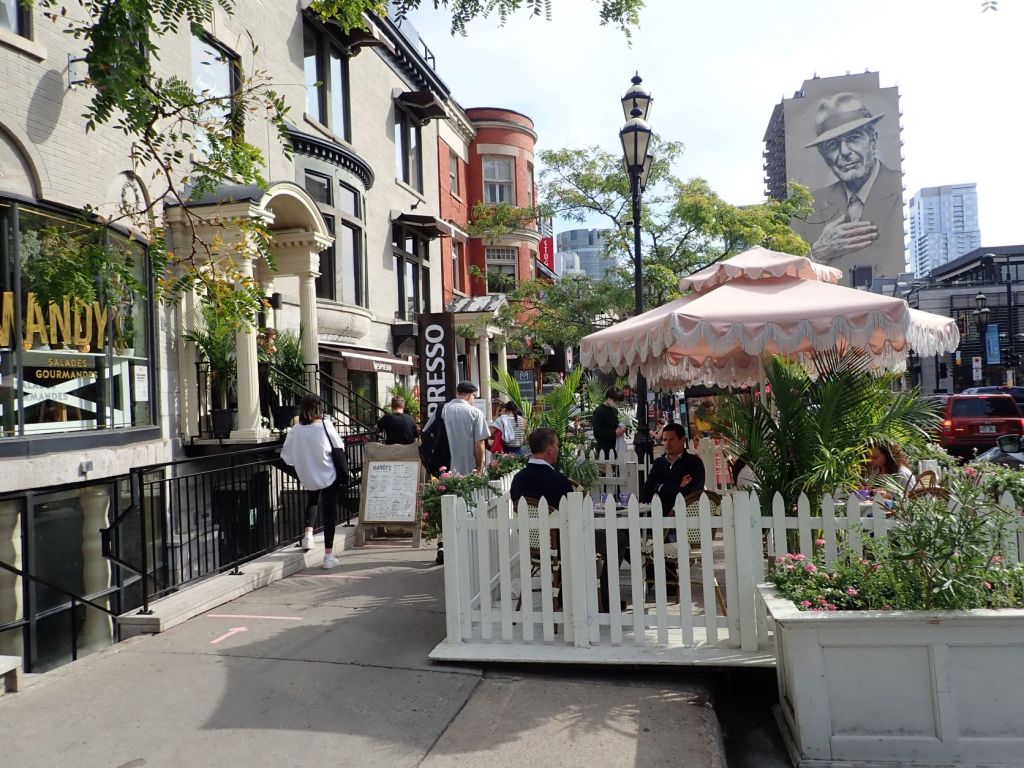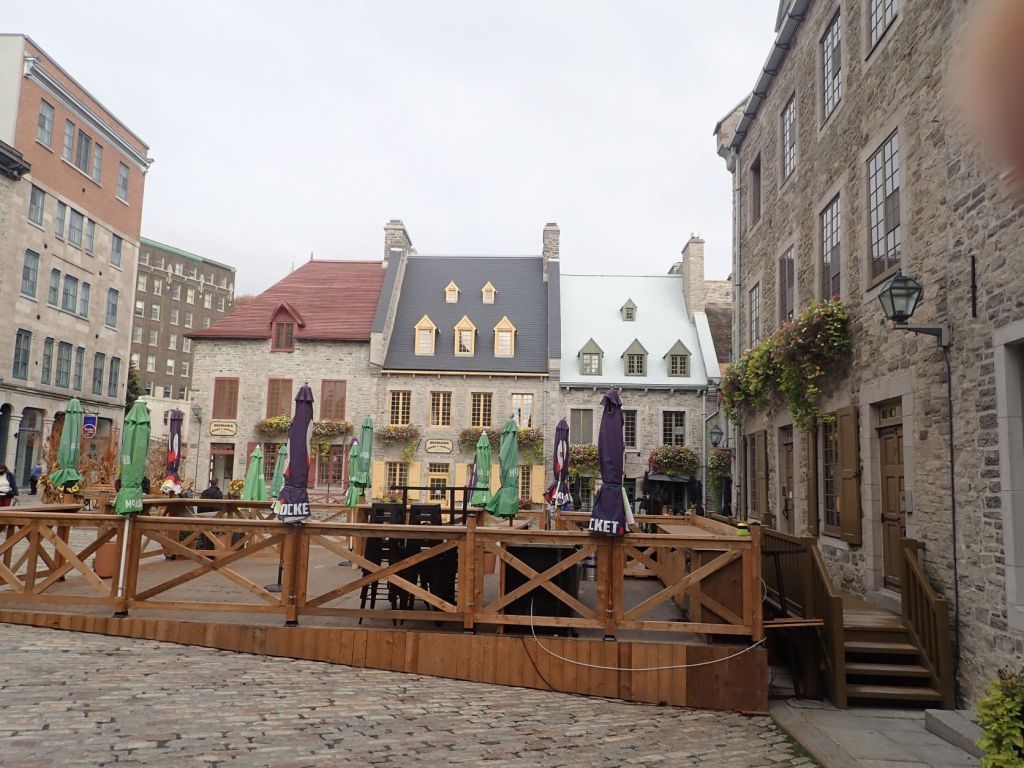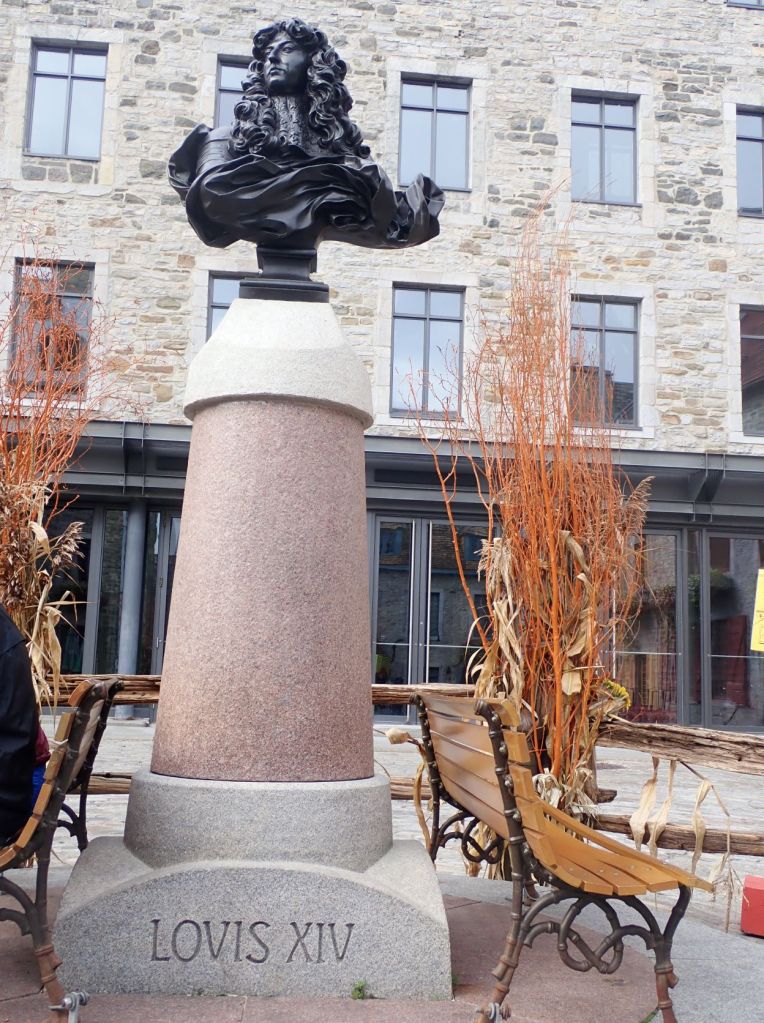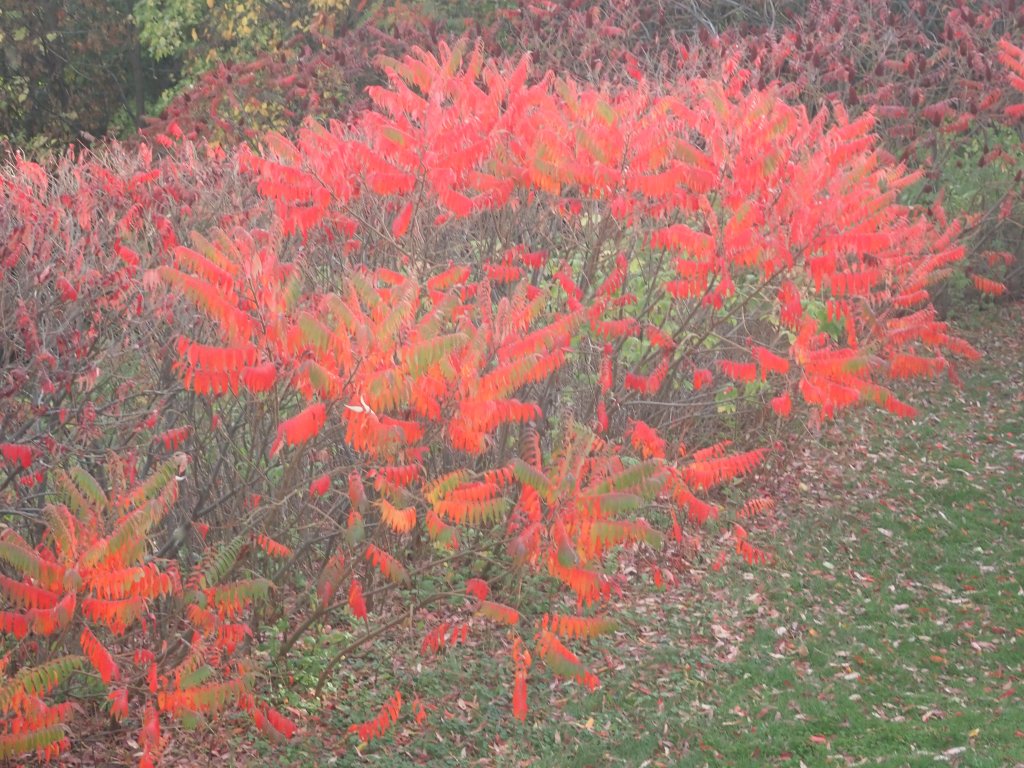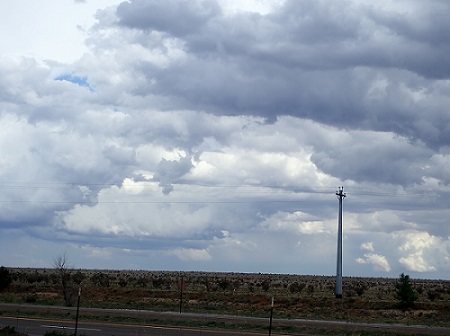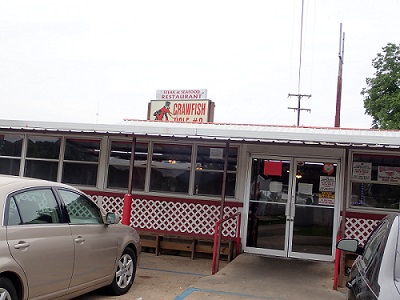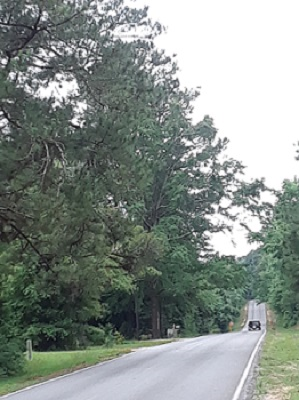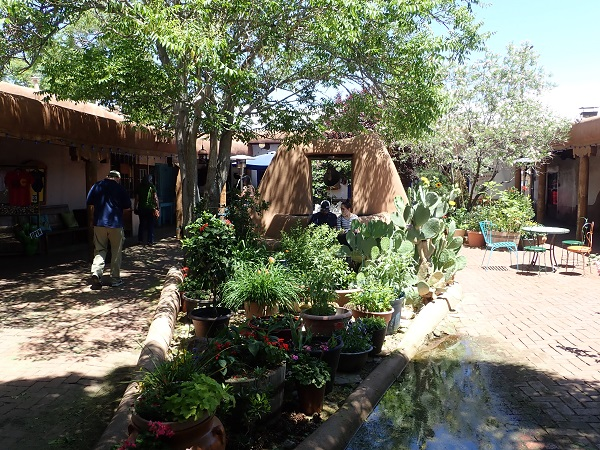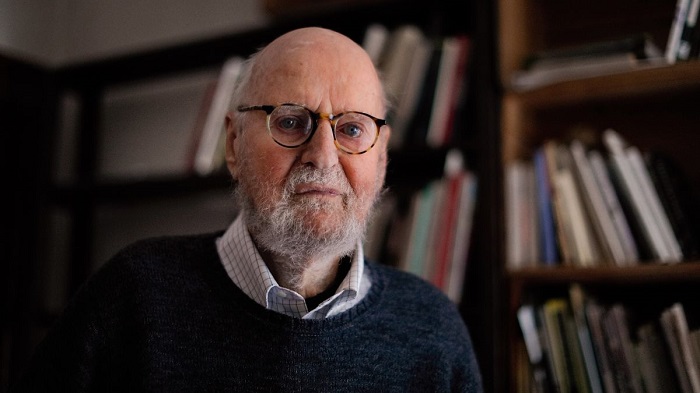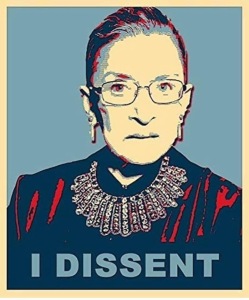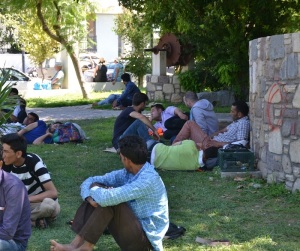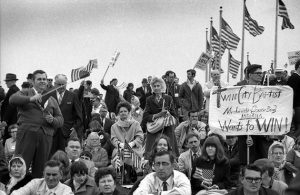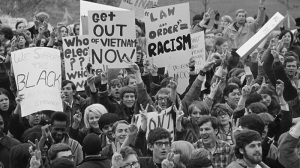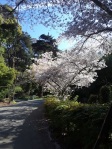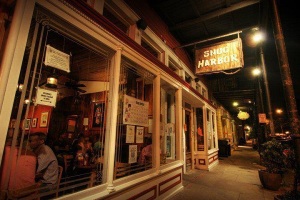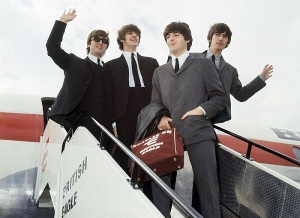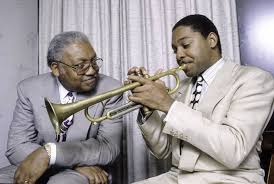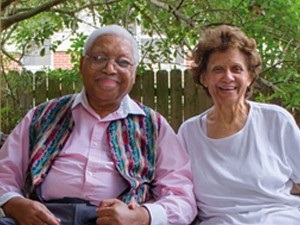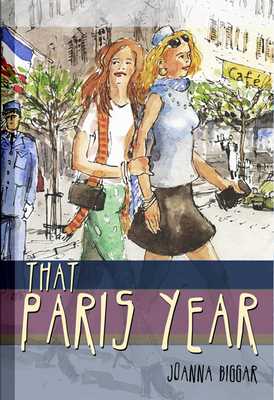Having just returned from La Nouvelle France, I’m still relishing the contradictions in that term. Because while the great province of Québec is indeed planted in the sweeping landscape of open plains, rugged ranges and the immense and powerful rivers, particularly the St. Lawrence, that characterize the New World, one of its great attractions is its antiquity. First, there is the underlying presence of its Indigenous People, and then its cultivated preservation of the Old World. That would be France of course.
Montréal, its megacity, is also multicultural, with neighborhoods, customs, great food, a passion for jazz, and languages representing corners of the earth as far-flung as Asia, Eastern Europe, Ireland and Italy. But, when communicating with each other, its residents do so under a framework that is French in a country that is Anglophone. Call it bilingual. But its French heart still beats strong in Vieux Montréal.
There in the oldest part of the city, which spreads out from the port, it is easy to follow any of the cobblestone streets and imagine you are in old Europe. See the signs for streets named Saint-Paul, Saint-Pierre, Saint-Maurice, Sainte-Catherine, Notre Dame, and you know this must be French-speaking Catholic Europe. Follow the blocks of pedestrian-friendly rue Saint-Paul, find a charming corner café, order an espresso, sit under the umbrella blocking the sun and watch the parade of passers-by, and you know you are in an outpost of France.
Within a stone’s throw, the touchstones are all there: fine restaurants, boutiques, a museum showcasing exposed archeological digs, bakeries, wine bars, and two major churches. The famous Basilique Notre-Dame de Montréal sits with its imposing dome, ornate gothic arches and statuary on rue Notre Dame. Notre-Dame de Bon-Secours, with its slender gothic tower and famous bronze statue of Notre-Dame adorning the outside, became the mariners’ church. A beautiful interior plus an interesting museum are a great draw to visitors. On a more modern note, it is said that the statue, “our lady of the harbor,” found its way into native son Leonard Cohen’s iconic song, “Suzanne.”
In a word, there’s an esthetic in the city that seems persuasively French: attractively laid out parks and streets lined with flower boxes; reconstructed buildings that preserve their old and charming façades; neighborhoods friendly to walkers and browsers. Oh, and did I mention, it’s hard to find a bad meal no matter what district you are exploring?
And if all that holds for Montréal, double it for Québec City. A small gem about three hours north, it is not a jazzy, multicultural metropolis, but a delight airlifted from ancient France and dropped in place on the mighty Saint Lawrence. If Montréal is old world, Québec City is ancien régime.
That’s no exaggeration. On Place Royale, in the heart of the ancient walled city, a presiding statue is dedicated to its royal benefactor and patron, King Louis XIV. And while the old stone buildings, alluring store fronts, and winding cobbled streets more resemble a 17th c. French village than Louis’ digs at Versailles, you don’t have to look far to get that down-home château feeling. Perched on a sheer cliff rising above the village at water’s edge, and connected by a funicular, is world-famous Château Frontenac. Though the building was constructed in late 19th c. with fortunes made from railroads, it looks as if it was airlifted from the banks of the Loire, circa 1550—and remade on a colossal scale. The most famous events to take place there were the 1943 and 1944 meetings between American President Franklin Roosevelt, British Prime Minister Winston Churchill, and Canadian Prime Minister William Lyon MacKenzie King to strategize about World War II. The luxurious Château is a hotel and open to the public.
While the Québecois will speak to a visitor in English if required, in this city, signs and communications are in French without apology nor translation (albeit the regional vernacular is often so far from the original French root, that translation is sometimes required). And whereas Montréal is justifiably proud of its bagels, Québec will treat you to prime-time baguettes—to say nothing of croissants.
Québec, too, is the foundational city as well as the capital of the province. Within walking distance of the Château are the Plains of Abraham, with grassy fields, blazing fall colors in season, sweeping views of the river, and maps and placards to guide visitors through its history. For it was here, in 1759, after many turns of the territory going back and forth between England and France that British General James Wolfe led his troops to successfully scale the cliffs from the river. Here he routed the French led by their commander, the hapless General Louis-Joseph de Montcalm. Thus North America was definitively claimed for England, and the deal was sealed by the Treaty of Paris in 1763, ending the Seven Years’ War.
But as Québec proudly manifests, never mind the outcome of the war: La Nouvelle France carved out its own very French identity and never let it go.
What transpired many centuries ago is still a burning issue to many on both sides of the Atlantic. One French friend recently expressed outrage at that idiot King Louis XV for agreeing to a treaty with such a humiliating loss for France. Another friend, a French journalist who was posted to Québec City for three years, said there was a love-hate relationship between the French and the Québecois—stemming perhaps from the Québecois sense of being cut loose by the French, and grating under a perceived sense of French cultural superiority. But then there was Marc, the proprietor of the building where I stayed, and a proud Québecois whose lineage goes back over three hundred years. Chatting over a glass of wine, I asked him how he fared during last year’s pandemic shutdown, especially during the formidable winter.
“Oh fine,” he said. “I sat on those cushions in the window seat atop those old cannons and read the entire works of Proust.”

